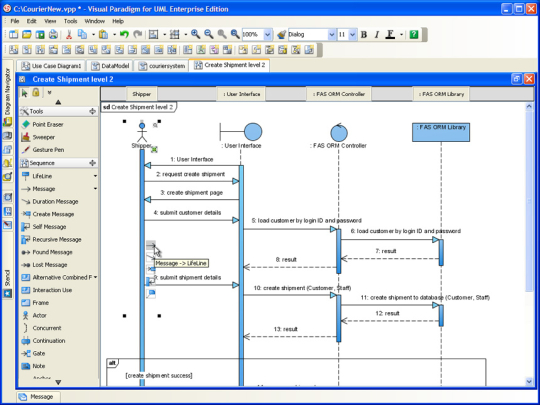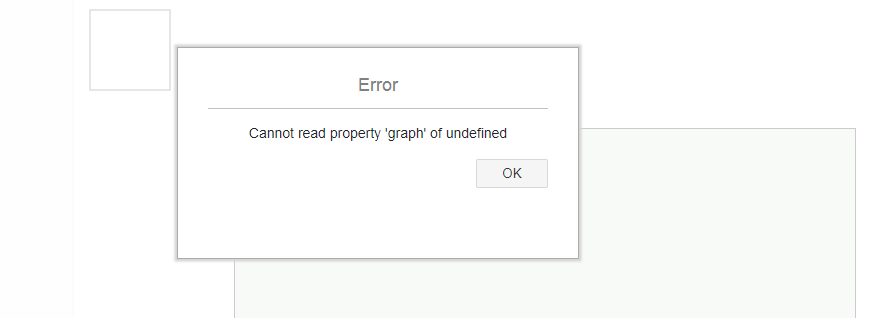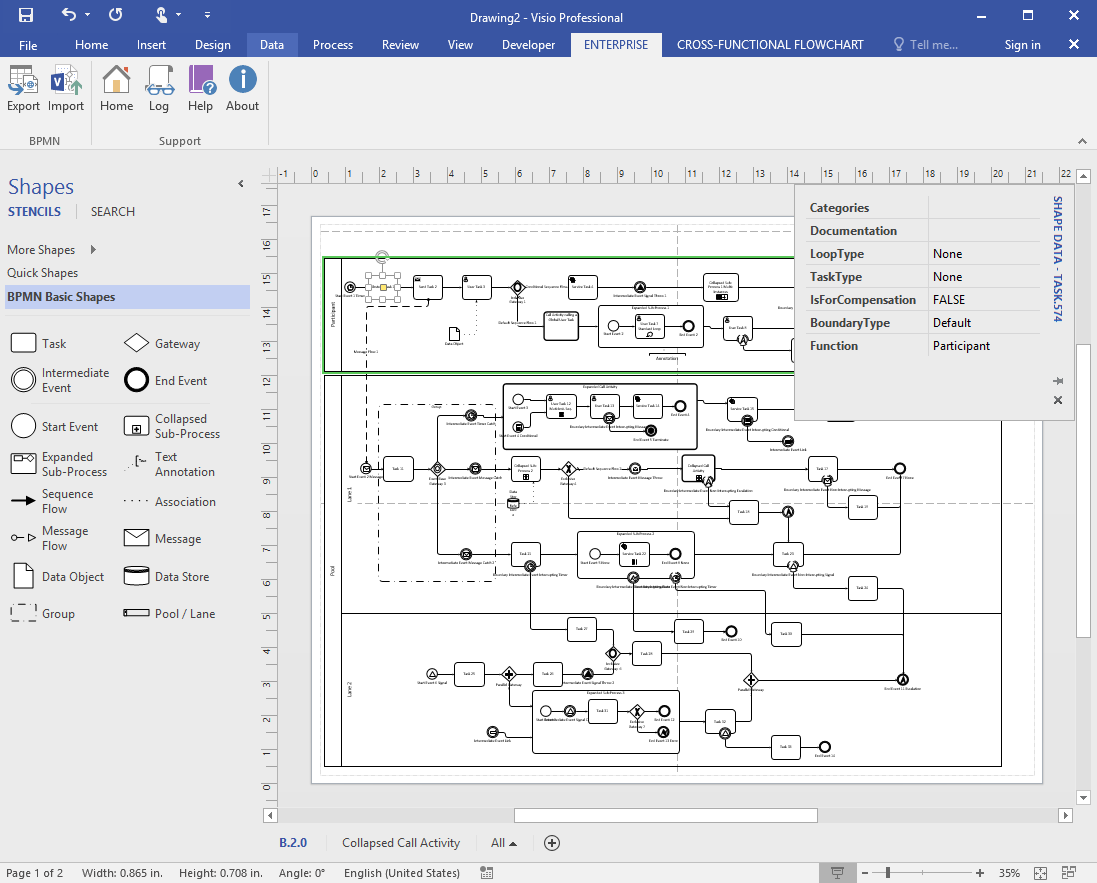

Examining the institutional factors of ecological problems and the management of degraded ecosystems from a socio-economic perspective. (4) The future of Karst WNH conservation should be based on the effect of human-land relationship in promoting heritage protection. Reviewing the research progress and summarising the critical scientific issues will provide practical guidance for the effective implementation of the role of buffer zones in global WNH conservation, especially for karst WNHSs with fragile ecological environments. (3) On this basis, 8 key scientific issues are summarised. Among them, theoretical research is the most numerous (58.51%). (2) The main landmark achievements include theoretical research, technology and methods, model construction, benefit monitoring and evaluation, experimental demonstration, etc. The research process presents two main categories of ecologically and socially oriented.

Results indicated that: (1) there is an overall upward trend in the number of publications, reaching a maximum in 2020, with the most published in Asia and Europe. The aim was to analyze the temporal and regional distribution of publications, types of studies, main processes and landmark achievements, gaps, and implications for future research. We used a systematic literature review framework of Search, Assessment, Synthesis and Analysis (SALSA) through the WoS and CNKI databases to obtain 188 articles that met the inclusion criteria. To fill this gap, this study systematically reviews the existing knowledge and research gaps on buffer zones in WNHSs worldwide. However, there is limited understanding of buffer zones’ social and ecological role in the conservation of World Natural Heritage Sites (WNHSs) and a lack of summary of research progress on buffer zones. The buffer zone as a conservation layer and management tool for WHSs has attracted increasing scholarly attention and debate. ORMD is one of the tools to show the mapping between class from object-oriented world and entity in relational database world.In recent decades, World Heritage Sites (WHSs) have faced external severe threats in the context of global economisation and urbanisation. ERD is used to model the relational database. Visual Paradigm supports both Entity Relationship Diagrams (ERD) and Object Relational Mapping Diagrams (ORMD). The latest version (Aug 2016) also supports Case Management with CMMN.

Supports BPMN 2.0 for modeling of business processes.

Visual Paradigm provides a SysML requirement diagram for specifying and analyzing requirements. Condition means that the system should be able to run or produce the result given a specific constraint. Capability refers to the functions that the system must support. Visual Paradigm supports requirements management including user stories, use cases, SysML requirement diagrams and textual analysis.Ī SysML requirement diagram specifies the capability or condition that must be delivered in the target system. Visual Paradigm supports 14 types of diagrams:
Visual paradigm comparison free#
The following editions were available in November 2010:Ī free edition for non-commercial use. Higher-priced editions provide more features.


 0 kommentar(er)
0 kommentar(er)
